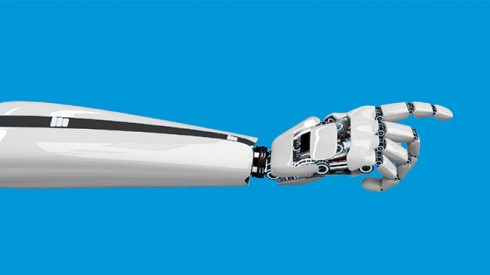
In this two part series, we explore the two sides of testing: automated and manual. In this article, we examine why automated testing should be done. To read the other side of the argument, go here.
In today’s business environment, stakeholders rely on their enterprise applications to work quickly and efficiently, with absolutely no downtime. Anything short of that could result in a slew of business performance issues and ultimately lost revenue. Take the recent incident in which CDN provider Fastly failed to detect a software bug which resulted in massive global outages for government agencies, news outlets and other vital institutions.
Effective and thorough testing is mission-critical for software development across categories including business software, consumer applications and IoT solutions. But as continuous deployment demands ramp up and companies face an ongoing tech talent shortage, inefficient software testing has become a serious pain point for enterprise developers, and they’ve needed to rely on new technologies to improve the process.
The Benefits of Test Automation
As with many other disciplines, the key to quickly implementing continuous software development and deployment is robust automation. Converting manual tests to automated tests not only reduces the amount of time it takes to test, but it can also reduce the chance of human error and allows minimal defects to escape into production. Just by converting manual testing to automated testing, companies can reduce three to four days of manual testing time to one, eight-hour overnight session. Therefore, testing does not even have to be completed during peak usage hours.
Automation solutions also allow organizations to test more per cycle in less time by running tests across distributed functional testing infrastructures and in parallel with cross-browser and cross-device mobile testing. Furthermore, if a team lacks mobile devices to test on, it can leverage solutions to enable devices and emulators to be controlled through an enterprise-wide mobile lab manager.
Challenges in Test Automation
Despite all the benefits of automated software testing, many companies are still facing challenges that prevent them from reaping the full benefits of automation. One of those key challenges is managing the complexities of today’s software testing environment, with an increasing pace of releases and proliferation of platforms on which applications need to run (native Android, native iOS, mobile browsers, desktop browsers, etc.). With so many conflicting specifications and platform-specific features, there are many more requirements for automated testing – meaning there are just as many potential pitfalls.
Software releases and application upgrades are also happening at a much quicker pace in recent years. The faster rollout of software releases, while necessary, can break test automation scripts due to fragile, properties-based object identification, or even worse, bitmap-based identification. Due to the varying properties across platforms, tests must be properly replicated and administered on each platform – which can take immense time and effort.
Therefore, robust, and effective test automation also requires an elevated skill set, especially in today’s complex, multi-ecosystem application environment. Record-and-playback testing, a tool which records a tester’s interactions and executes them many times over, is no longer sufficient.
With all of these challenges to navigate, including how difficult it can be to find the right talent, how can companies increase release frequency without sacrificing quality and security?
Ensuring Robust Automation with Artificial Intelligence
To meet the high demands of software testing, automation must be coupled with Artificial Intelligence (AI). Truly robust automation must be resilient, and not rely on product code completion to be created. It must be well-integrated into an organization’s product pipelines, adequately data-driven and in full alignment with the business logic.
Organizations can allow quality assurance teams to begin testing earlier – even in the mock-up phase – through the use of AI-enabled capabilities for the creation of single script that will automatically execute on multiple platforms, devices and browsers. With AI alone, companies can experience major increases in test design speed as well as significant decreases in maintenance costs.
Furthermore, with the proliferation of low-code/no-code solutions, AI-infused test automation is even more critical for ensuring product quality. Solutions that infuse AI object recognition can enable test automation to be created from mockups, facilitating test automation in the pipeline even before product code has been generated or configured. These systems can provide immediate feedback once products are initially released into their first environments, providing for more resilient, successful software releases.
To remain competitive, all businesses need to be as productive and efficient as possible, and the key to that lies in properly tested, functioning, performant enterprise applications. Cumbersome, manual testing is no longer sufficient, and enterprises that continue to rely on it will be caught flat-footed and getting outperformed and out-innovated. Investing in automation and AI-powered development tools will give enterprises the edge they need to stay ahead of the competition.






